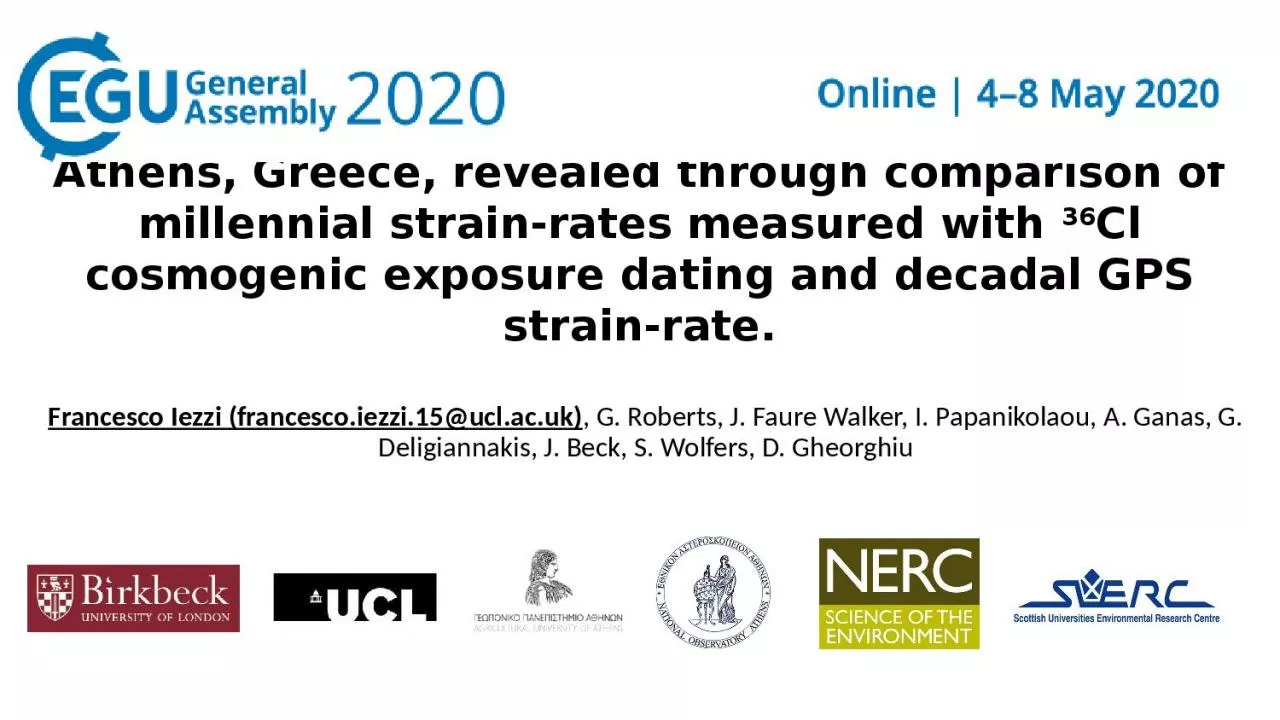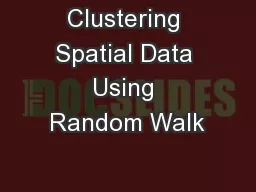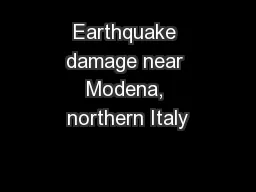PPT-Temporal and spatial earthquake clustering near Athens, Greece, revealed through comparison
Author : rodriguez | Published Date : 2023-11-04
36 Cl cosmogenic exposure dating and decadal GPS strainrate Francesco Iezzi francescoiezzi15uclacuk G Roberts J Faure Walker I Papanikolaou A Ganas G Deligiannakis
Presentation Embed Code
Download Presentation
Download Presentation The PPT/PDF document "Temporal and spatial earthquake clusteri..." is the property of its rightful owner. Permission is granted to download and print the materials on this website for personal, non-commercial use only, and to display it on your personal computer provided you do not modify the materials and that you retain all copyright notices contained in the materials. By downloading content from our website, you accept the terms of this agreement.
Temporal and spatial earthquake clustering near Athens, Greece, revealed through comparison: Transcript
Download Rules Of Document
"Temporal and spatial earthquake clustering near Athens, Greece, revealed through comparison"The content belongs to its owner. You may download and print it for personal use, without modification, and keep all copyright notices. By downloading, you agree to these terms.
Related Documents














